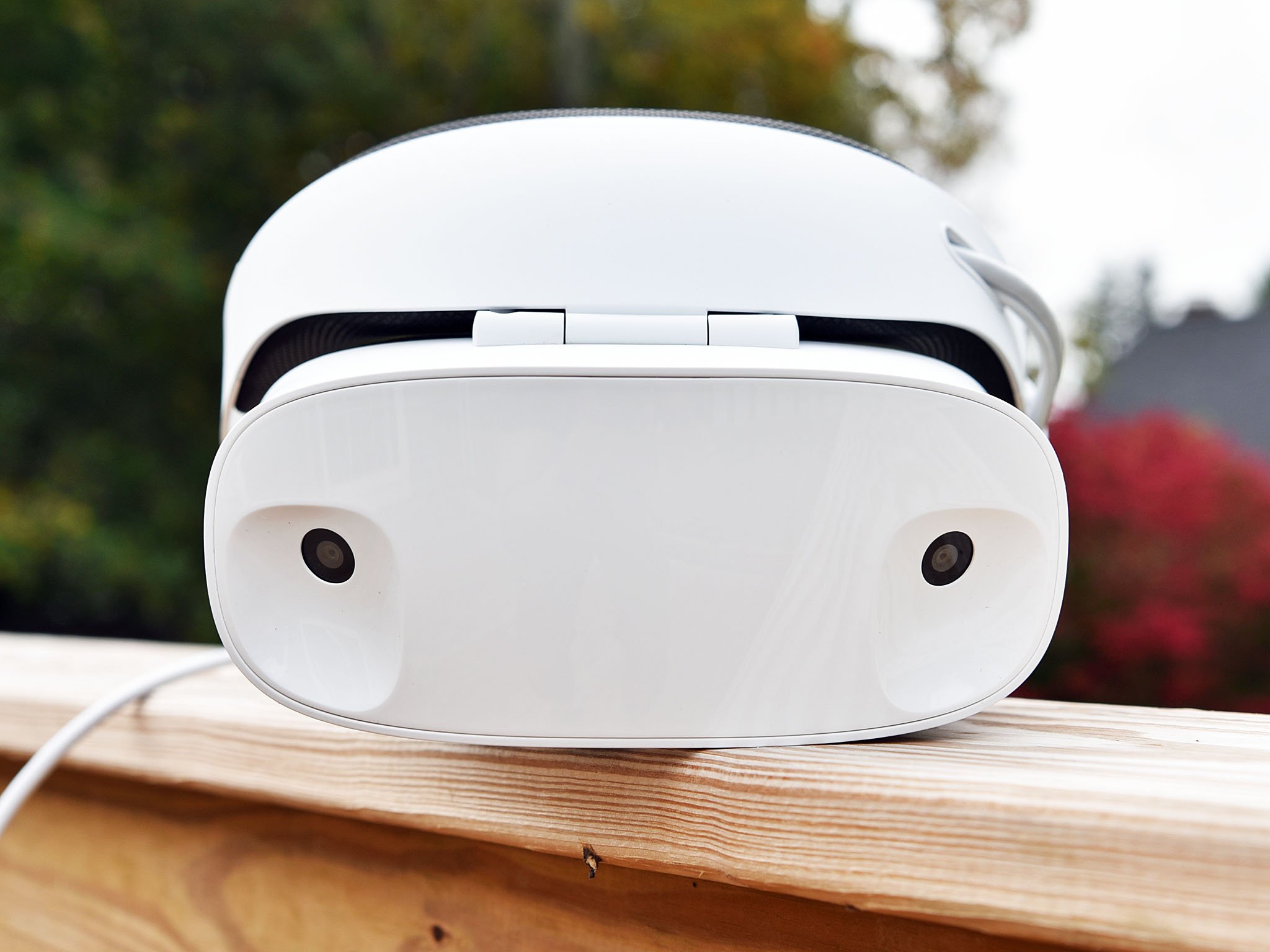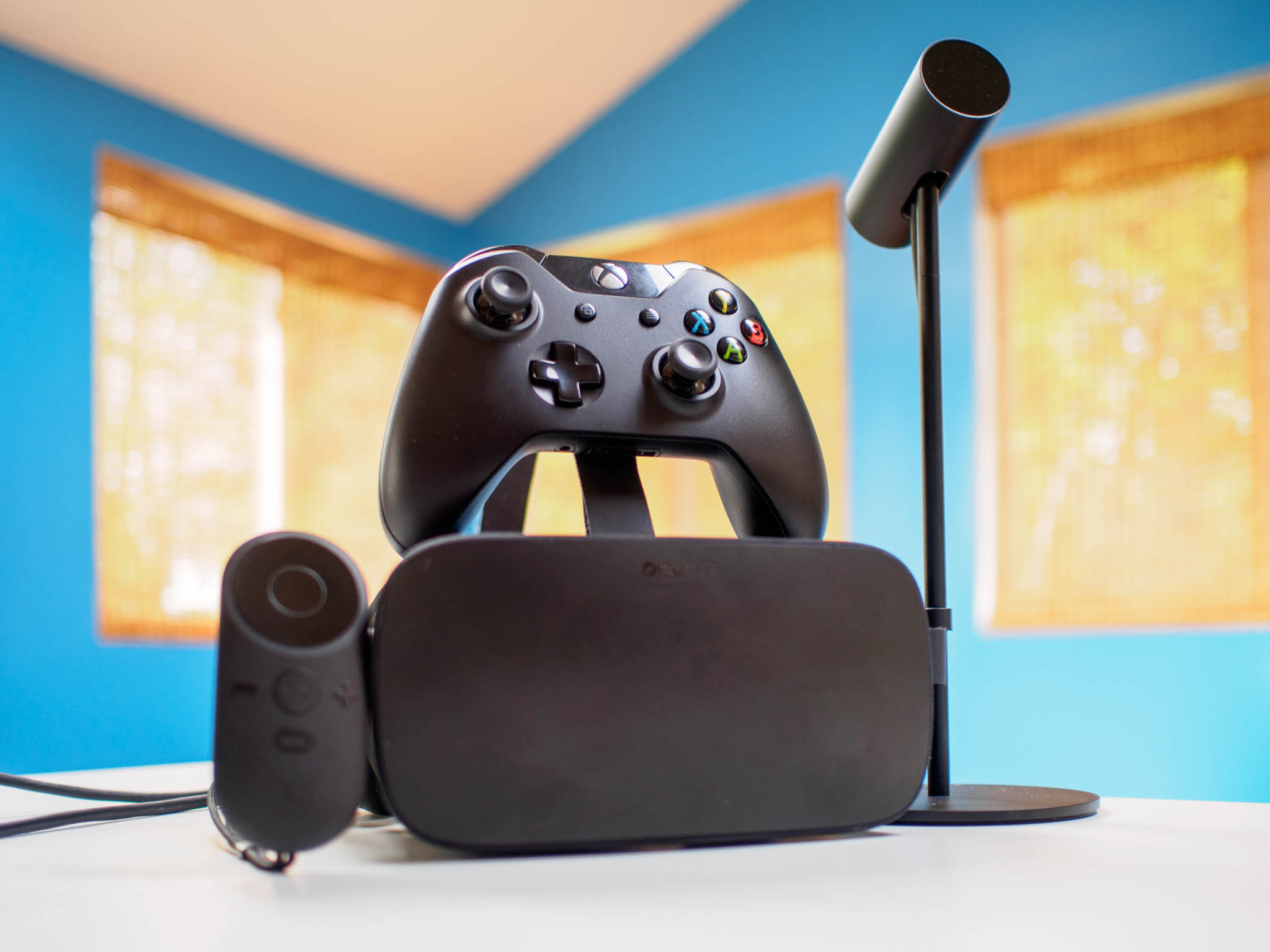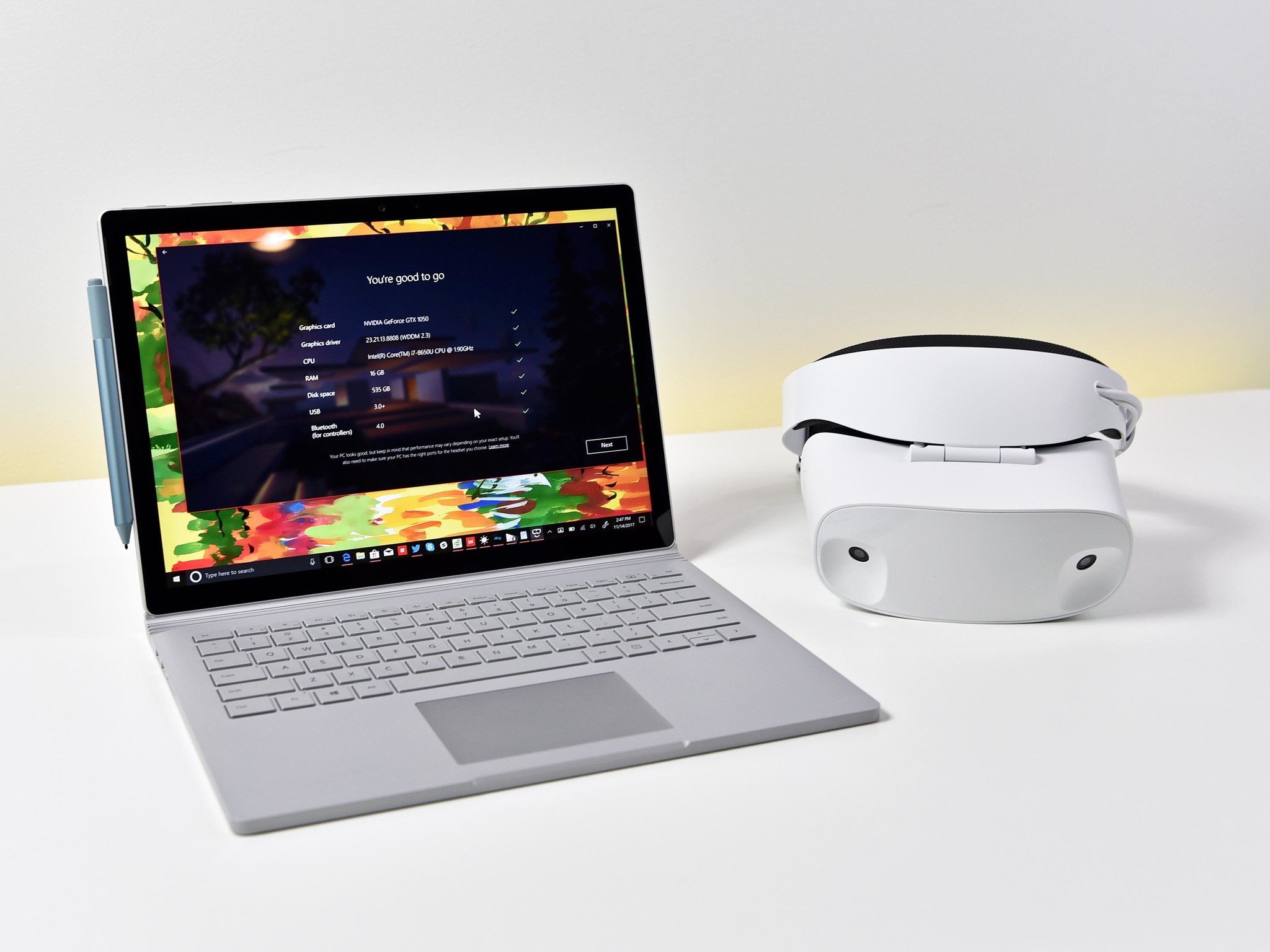As Oculus declares itself the best in VR, Microsoft has an opportunity
Windows Mixed Reality headsets can easily compete with Oculus Rift if Microsoft focuses on content.

The folks at Oculus took to the stage at GDC this year knowing there wasn't much anyone could say to unseat them as the company "winning" VR right now. The Oculus Rift just overtook HTC's Vive headset as the most popular headset on Steam VR, which is impressive given how much work you have to do to even get to Steam VR on that headset to begin with. The Oculus Store is home to most of the best VR games and apps out there today, and the massive refresh happening with Rift Core 2.0 is addressing a lot of long-term usabilities complaints Oculus users have had from day one. Everything is going well, so why not brag? Oculus has clearly earned it.
But that doesn't mean it's time for folks with a comparable new Windows Mixed Reality headset on their desk to start thinking about buyer's remorse. Instead, it's a good opportunity to look at the growth opportunities Microsoft can take advantage of here.
Simplicity as a big feature

An Oculus Rift headset comes with two sensors in the box, which you have to place in very specific positions in front of you. These two sensors track most of your gameplay, but not all of it. For "roomscale" tracking, Oculus requires you buy another tracker and set it up on the other side of the room. Even then, in some cases, this third sensor is insufficient for truly full tracking. At GDC this year, the folks at Survios had an impressive set up for its new Creed game in the demo hall. This demo was using four Oculus Rift sensors, and our camera person was advised to be very careful about where she was standing because none of the four sensors could be blocked while I was in my demo.
The difference in quality, especially when it comes to some of the most immersive apps and games, should be obvious.
Oculus charges an extra $60 per sensor if you feel the need to have them, which is $120 on top of the $400 base set up for a truly "roomscale" set up that can survive super active demos like the one I experienced. This set up also requires a minimum of five USB ports on your PC in addition to the HDMI port to power everything. It's not hard to compare this to Windows Mixed Reality, which needs a single USB port with the HDMI port to power the whole experience and requires no tracking sensors for a "roomscale" configuration. With headsets starting at $300 with controllers included in some cases, Microsoft should be aggressively making this point in comparing its headsets to the Rift.
It's an easy win, both in price and capability. Without a third tracking sensor, turning around and playing a game with the Rift is complicated and you frequently lose tracking. The Rift was designed out of the box for you to do very little full body rotations, and the more interactive the VR game you are playing is the more likely you are to do those turns at some point. The difference in quality, especially when it comes to some of the most immersive apps and games, should be obvious.
Productivity as a feature

Microsoft and Oculus customers have both asked for the same seemingly niche feature, to be able to work comfortably from inside the headset. And with the next software update, both Windows Mixed Reality and Rift Core 2.0 are obliging these users. The next virtual space for WMR in the Fall Creator's Update, dubbed Skyloft, has this mission control-style room in it with a ton of virtual windows set up like monitors for you to control. You can set yourself up right in front of this wall, set each monitor up however you like, and get to work. Meanwhile, Rift Core 2.0 lets you pop windows out of the PC view and arrange them around you as you see fit, creating effectively unlimited windows to work within from your Rift Home.
The company responsible for some of the best ergo keyboards on the planet today could probably find a way to make a trackable keyboard.
Both of these headsets suffer from the same flaw, in my opinion, typing is still sub-par with a headset on. I personally want a keyboard that can be tracked in VR, and there aren't enough users out there to justify that kind of rig just yet. What you have in the meantime is the ability to glance down at your keyboard or desk when you need to see something in the real world, and in that respect, most Windows Mixed Reality headsets have the upper hand. These headsets have a snap hinge that lets you lift the display without moving the headband, which means you can easily jump from one task to another and back into VR when you are ready. Oculus Rift headsets are simply not built for this, and can't really be adjusted to behave similarly.
All the latest news, reviews, and guides for Windows and Xbox diehards.
If productivity VR folks are important enough to build custom VR worlds for, Microsoft should be loud about why the full Windows Mixed Reality experience matters to those users. And, not for nothing, but the company responsible for some of the best ergonomic keyboards on the planet today could probably find a way to make a trackable keyboard that plays nicely in Windows Mixed Reality as a way to lure some additional folks to this platform.
It all comes down to content

The biggest hurdle Microsoft faces with Windows Mixed Reality right now is content and audience. We hear lots of things about games supporting Windows Mixed Reality these days, but those reports usually mean Steam VR and not native availability in the Microsoft Store. Support through Steam VR is great but doesn't offer much in the way of a compelling reason for consumers to choose WMR if they are buying right now. If you want to be where the games are right now, especially with so many great games being announced for this year, some of those experiences need to exist native for this audience.
I'm not saying Microsoft needs to go the route of full exclusives like Oculus has, but it's clear those efforts have had a result. Oculus is able to confidently say it has the best games because it does, and even when it doesn't the headset still has access to Steam VR to access most of the rest of the collection. For now, the best thing Windows Mixed Reality headset owners can do if they want to experience the whole VR ecosystem is support the folks at ReMixed and hope the Oculus game can be easily ported to the Windows Mixed Reality controllers.
If Microsoft is going to gain ground this year with WMR headsets, the next big push needs to be apps and games everyone can get excited about. In much the same way games sell consoles for the Xbox team at Microsoft, there needs to be a big loud strategy for games selling headsets for Windows Mixed Reality.

Russell is a tech nerd who chases the best of everything, from phones to game consoles to laptops and everything glowing or beeping. He's the Former Managing Editor of gaming content for Mobile Nations and can be found contributing to all of the Mobile Nations sites. Reach out on Twitter!
